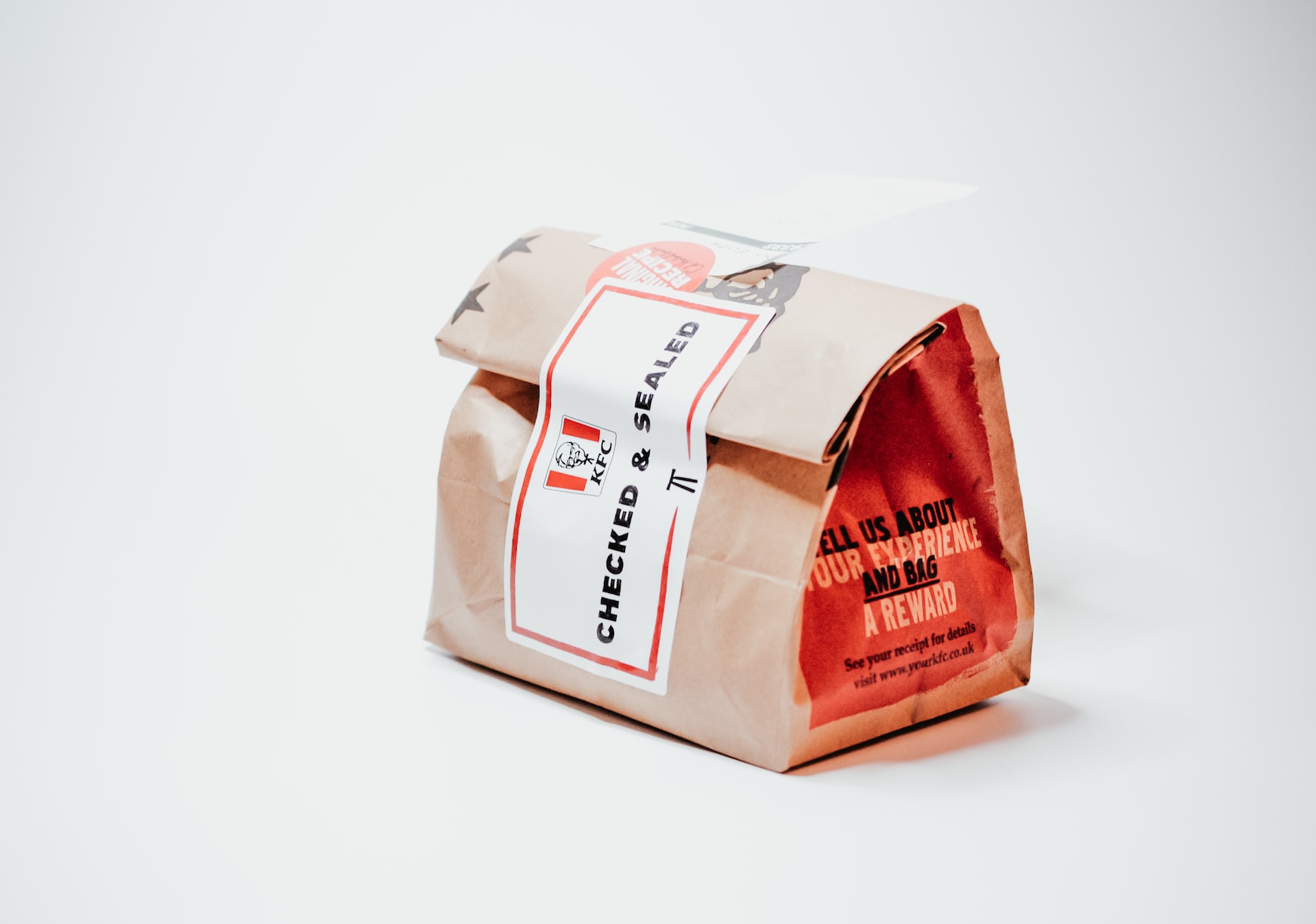The Most Promising Innovations in Biodegradable Packaging

Packaging waste has become a major global concern as plastic pollution continues to harm the environment. Biodegradable packaging provides a solution to this problem by breaking it down into natural elements and reducing the impact of waste on the environment.
Bioplastics
Bioplastics are made from renewable resources such as corn starch, sugarcane, and potato starch. These materials are biodegradable, and compostable, and have a lower carbon footprint compared to traditional petroleum-based plastics.
Plant-Based Packaging
Plant-based packaging is made from natural fibers such as bamboo, hemp, and wheat straw. These materials are biodegradable, and compostable and offer a sustainable alternative to traditional plastic packaging.
Edible Packaging
Edible packaging is made from food-based materials such as gelatine, agar, and chitosan. The packaging is biodegradable and can be eaten along with the food, reducing waste and providing a novel dining experience.
Recyclable Packaging
Recyclable packaging is made from materials that can be recycled multiple times without losing quality or functionality. This type of packaging offers a sustainable solution by reducing waste and preserving resources.
Compostable Packaging
Compostable packaging is made from materials that can be broken down into natural elements through composting. This type of packaging reduces the impact of waste on the environment and provides a sustainable alternative to traditional plastic packaging.
Conclusion
The innovations in biodegradable packaging provide a solution to the growing problem of packaging waste. Bioplastics, plant-based packaging, edible packaging, recyclable packaging, and compostable packaging are all promising options that offer a more sustainable future. By reducing waste and preserving resources, these innovations have the potential to change the way we think about packaging and the environment.





